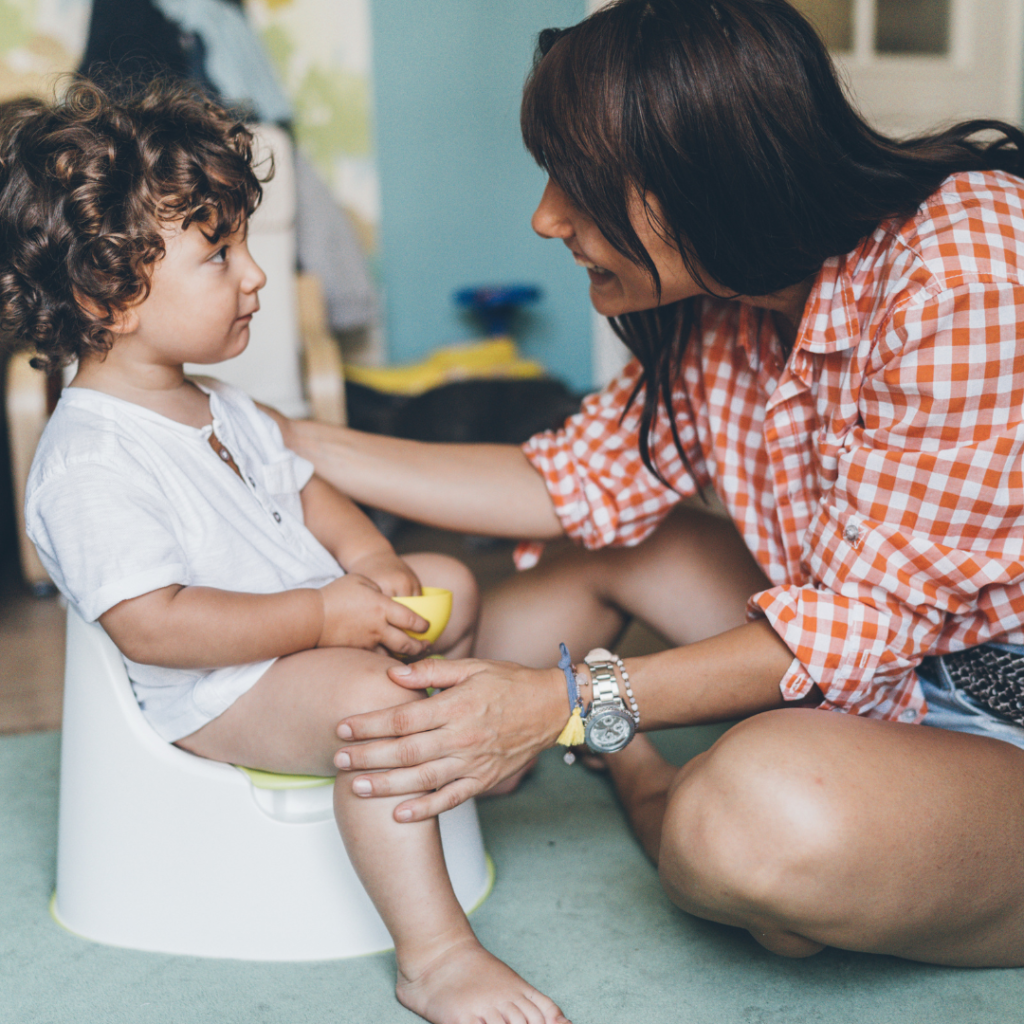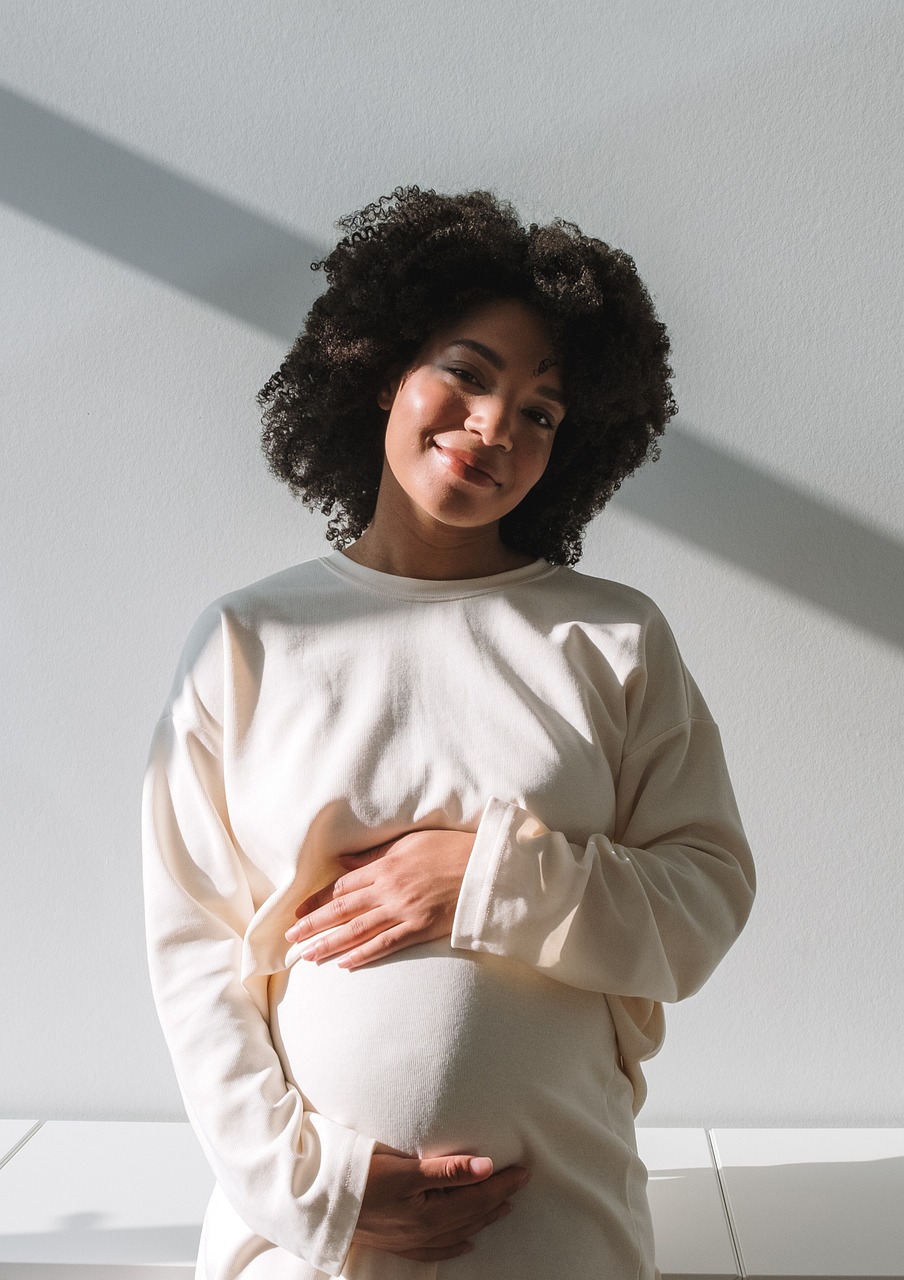7 Tips and tricks on starting potty training with a toddler
Congratulations on starting potty training with your toddler! Transitioning out of diapers can be scary for new parents, it is definitely a milestone. Im going to outline how I went from being terrified of potty training my toddler to loving this moment of toddlerhood. Here are a few tips to help you get started:
1. Do some potty training research
2. Prioritize potty training
3. Have a potty training game plan
4. Are you ready to start potty training?
5. Is your child ready to start potty training?
6. Pick a date to start potty training
7. Supplies for potty training

Do some potty training research -Talk to other moms/parents, pick up a book on potty training, some motivational books for your child, and read blogs (like mine). Having done research can help you move through situations and help to keep you motivated. You are not the only mom going through this milestone in toddlerhood. I believe you can do it!
Prioritize potty training – Clear your busy schedule so you can put potty training first. I like to keep my toddler enrolled in swimming lessons and other activities. I had to clear our schedule and focus on potty training. It’s okay to slow down for a couple of days. Staying home for 3-5 days to get rid of the diaper opens up an opportunity to have some relaxed time at home connecting with your toddler.
Have a potty training game plan – Everyone needs to be on the same page when starting potty training: terms used, having the same mindset, and knowing each step. Establishing a regular potty routine makes it easier for your toddler to understand the necessary steps.
Are you ready to start potty training – Is this the right time in your life to start potty training? Are there major changes that may disrupt or distract you and your child? Trying to potty train in a changing environment can be challenging and stressful for the mom/parent and the toddler. Waiting may be the best decision to make the transition easy and less stressful.
Is your child ready to start potty training– Is your child showing signs of readiness? Is your child physically able to remove clothes to use the potty? Is your child around the age of 20-36 months? Most books and references recommend starting around the age of two. Assessing signs of readiness can be a great indicator to take the next step.
Pick a date to start potty training – Set the date and let your toddler know. Setting a start date makes it more concrete and gives you time to prepare. Give your child your undivided attention on those days.
Supplies for potty training – Part of being prepared is having the supplies and materials for potty training. You will need a large supply of underwear, I started with ten pairs. If there are accidents you don’t want to dwell on running out of underwear and resorting back to diapers. Purchase a potty maybe two, depending on your environment and needs. I purchased three different types of potty seats for at-home and travel.
Final thoughts
Be consistent, be patient, and be positive. A huge part of how your child feels about this next stage can be from your demeanor. Being calm, cool, and collected has helped our potty training journey go smoothly. Yes, accidents may happen but look at the bigger picture of getting your child to use the potty consistently. This is a life skill that we all learn, keep this a positive experience for your child and an opportunity to boost their confidence.
Having your child transition from diapers to underwear is the first step. It is also important to teach bathroom etiquette. Once potty training has been mastered during the day you can move on to naptime and overnight. Remember potty training is a milestone in toddlerhood and may take 12 months to master.


